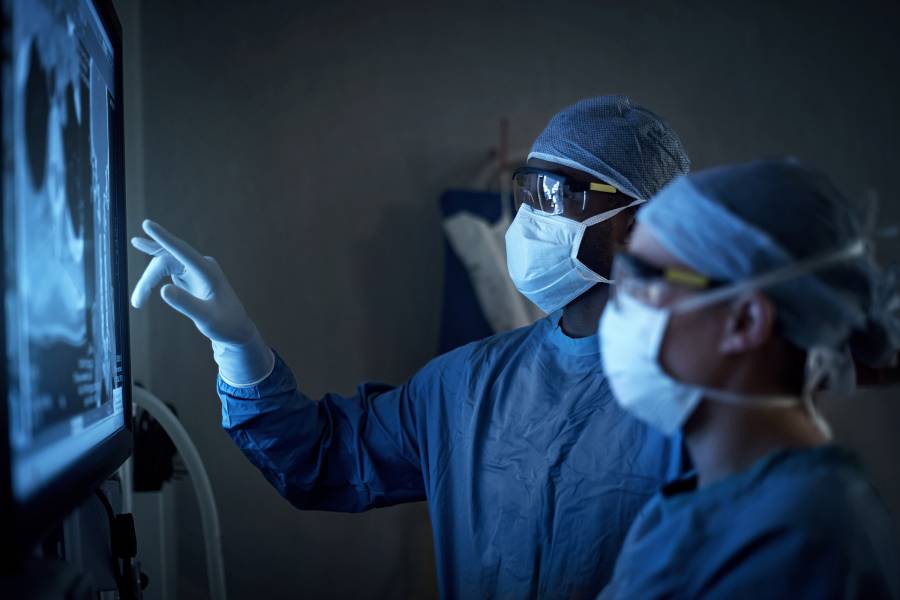The median commercial negotiated prices for 13 common shoppable hospital radiology services were about 2 to 6 times higher than the rates set by Medicare, according to a new study in Radiology by researchers at Johns Hopkins University and Michigan State University.
According to data this year from approximately 2,000 U.S. hospitals that disclosed pricing information, the price differences ranged from 2.2 times higher for mammography of both breasts ($289 median commercial price vs. $129 Medicare rate) to 5.9 times higher for a CT scan of the head or brain without contrast ($813 median commercial price vs. $137 Medicare rate).
Other notably high price differences included an MRI scan of the lower spinal canal ($1,311 commercial vs. $269 Medicare, or 4.9 times higher); a CT scan of the pelvis with contrast ($1,079 commercial vs. $221 Medicare, or 4.9 times higher); and an MRI scan of a leg joint ($1,276 commercial vs. $267 Medicare, also 4.8 times higher).
Among the 13 hospital radiology services, the highest median commercial price was $1,788 for an MRI scan of the brain before and after contrast, which was 4 times higher than the Medicare rate of $446 for the same service. The 10th to the 90th percentile range of the commercial negotiated prices for this service at the hospitals in the study went from a low of $965 to a high of $3,033.
Not far behind was the median commercial price of $1,654 for a CT scan of the abdomen and pelvis with contrast, which was 3.8 times higher than the Medicare rate of $431 for the same service. The 10th to the 90th percentile commercial negotiated prices for this service across the various hospitals ranged from a low of $791 to a high of $3,024.
The data in the study came from hospitals that disclosed commercial negotiated prices for at least one of the 13 radiology services, as required under the Hospital Price Transparency Final Rule of the federal Centers for Medicare and Medicaid Services. The rule took effect January 1, 2021. As of September 6, only about one-third of hospitals disclosed their commercial prices for these common shoppable radiology services.
"Gaining this kind of detailed knowledge of hospital commercial pricing makes it possible for payers and patients to shop for hospital care. No longer blindfolded, payers and patients can identify more affordable hospitals for these routine imaging services," said Ge Bai, a professor at the Johns Hopkins Carey Business School and the study's senior author. Bai's research focuses on pricing, policy, and management within the health care industry.
Co-author John (Xuefeng) Jiang, a professor at Michigan State University's Broad College of Business, said, "By reporting the significant price disparities among shoppable services, our research will empower employers, payers, and patients to demand changes. It also confirms policymakers' concern that lack of transparency has hidden potentially abusive price behaviors."
The other co-author, Professor Martin Makary of the Johns Hopkins School of Medicine, said, "It's time we change the lexicon from talking about health care costs to medical prices. Elucidating fair and customary prices in the market will expose egregious outlier prices. Health care prices have been a black box leaving patients vulnerable to price gouging."
Tagged medicare, health care costs, ge bai









